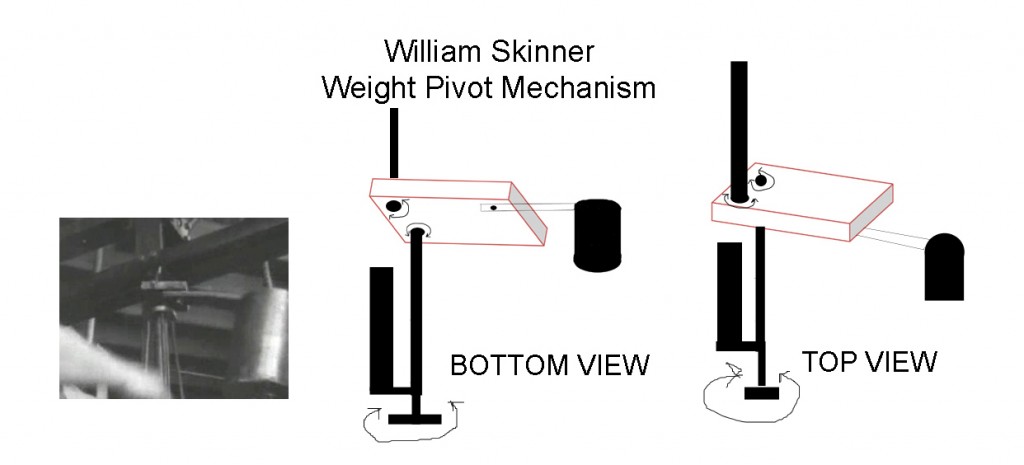William Skinner Gravity
Hi Aaron,
Regarding the 1200% report, I think that the commentator simply got it wrong. As you say, the claimed COP is 12 but that figure would only produce 1.5 HP, or around 1100 watts.
The claim that it "could drive a generator to power a township of 3500", made me think that the COP must have been somewhat greater than that. A COP of 1200 would theoretically give each individual 3kw to play with, so I stuck with a 1200x power gain.
I will post my videos on youtube as soon as I can edit them
Hi Aaron,
Regarding the 1200% report, I think that the commentator simply got it wrong. As you say, the claimed COP is 12 but that figure would only produce 1.5 HP, or around 1100 watts.
The claim that it "could drive a generator to power a township of 3500", made me think that the COP must have been somewhat greater than that. A COP of 1200 would theoretically give each individual 3kw to play with, so I stuck with a 1200x power gain.
I will post my videos on youtube as soon as I can edit them





Comment